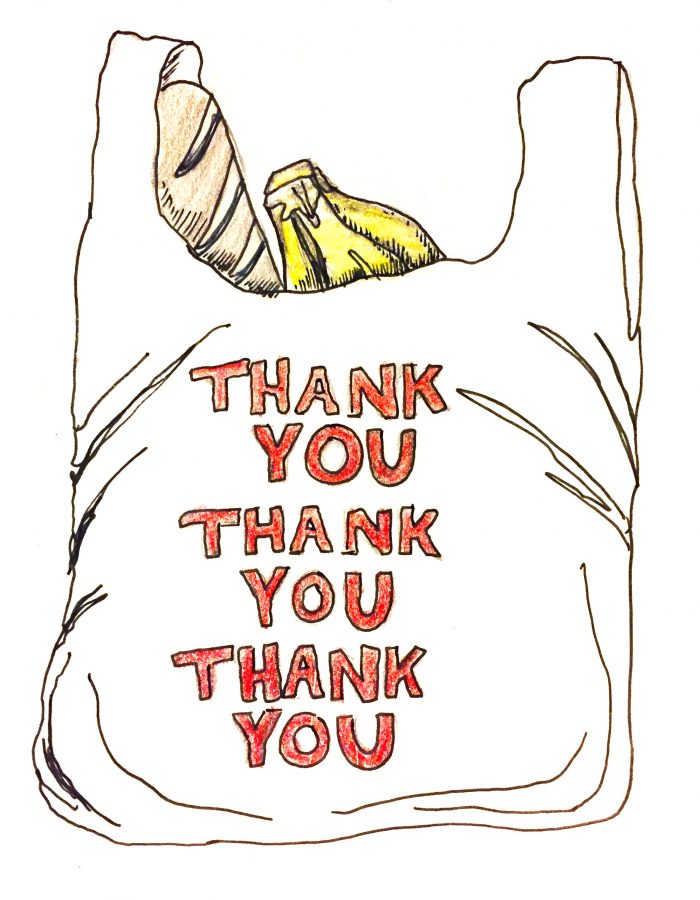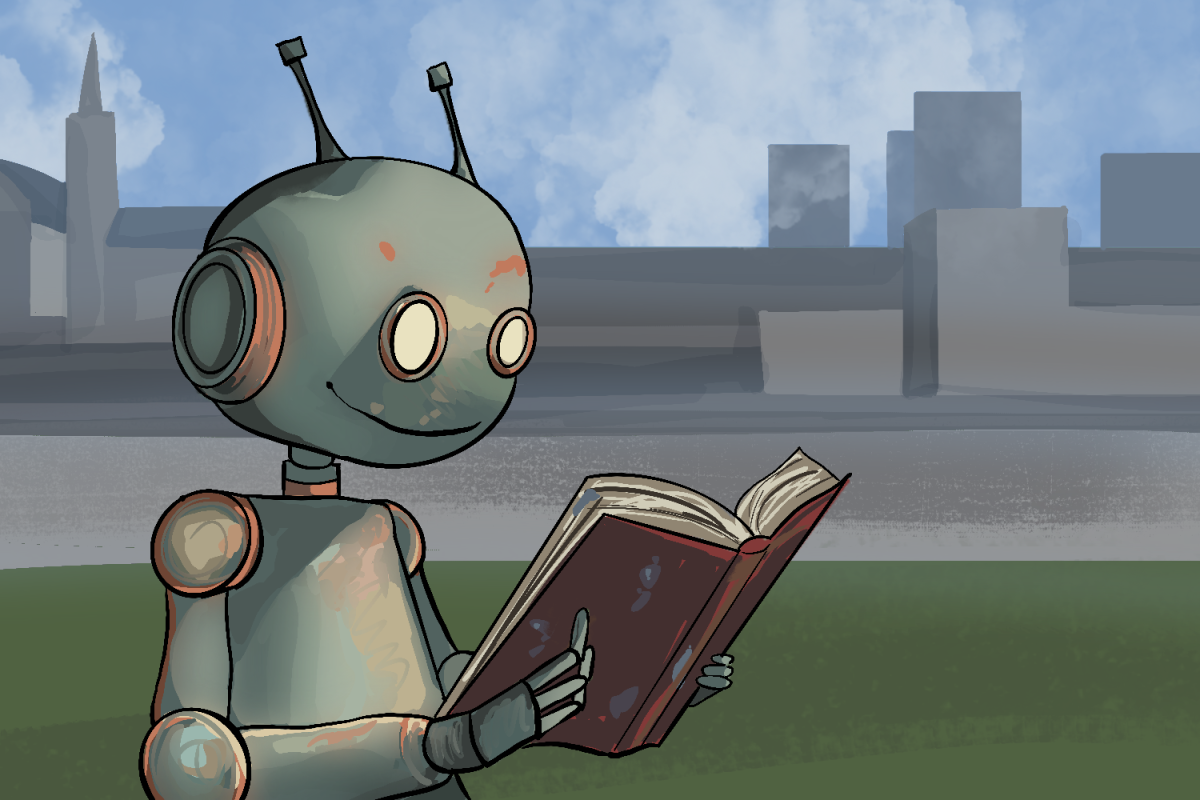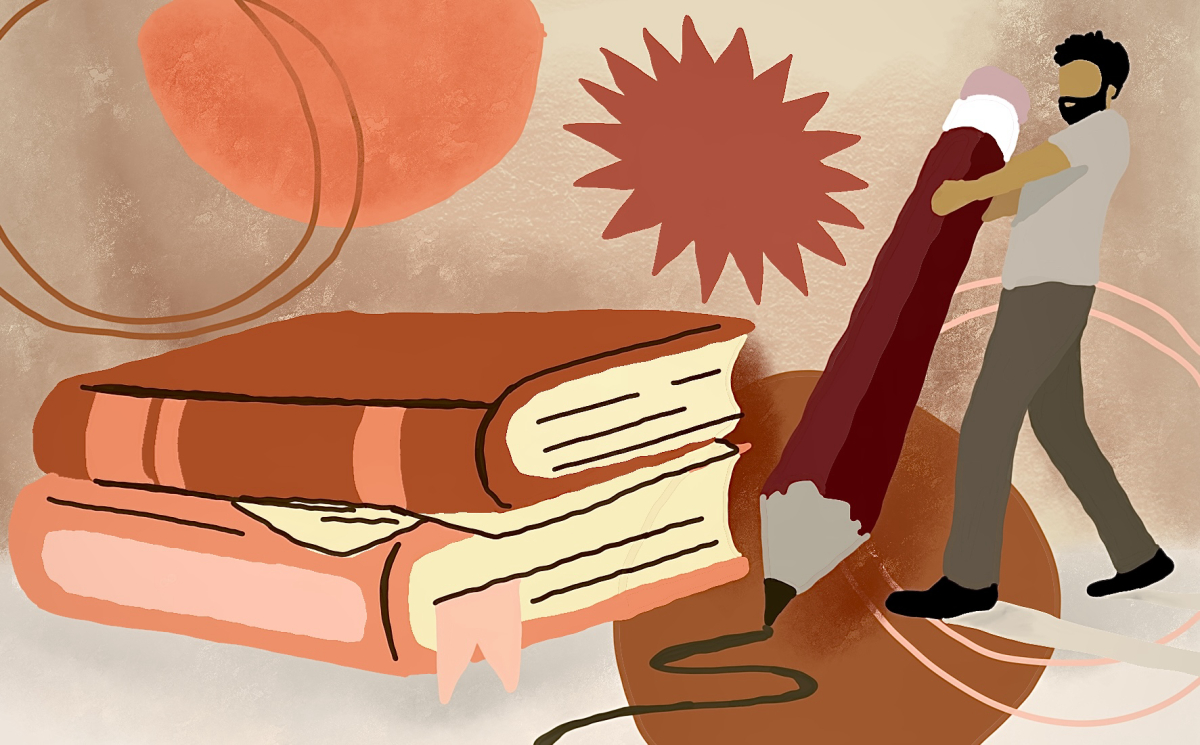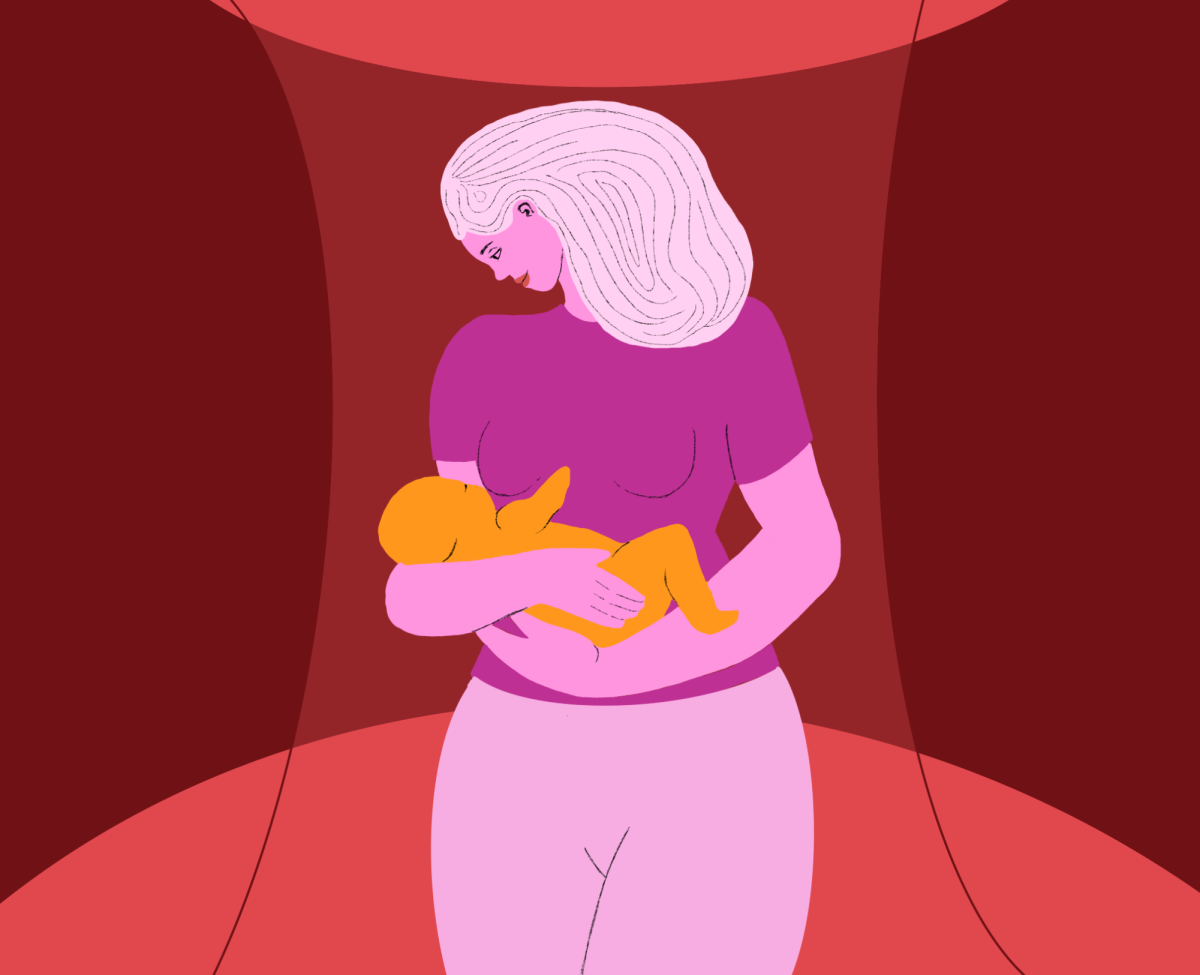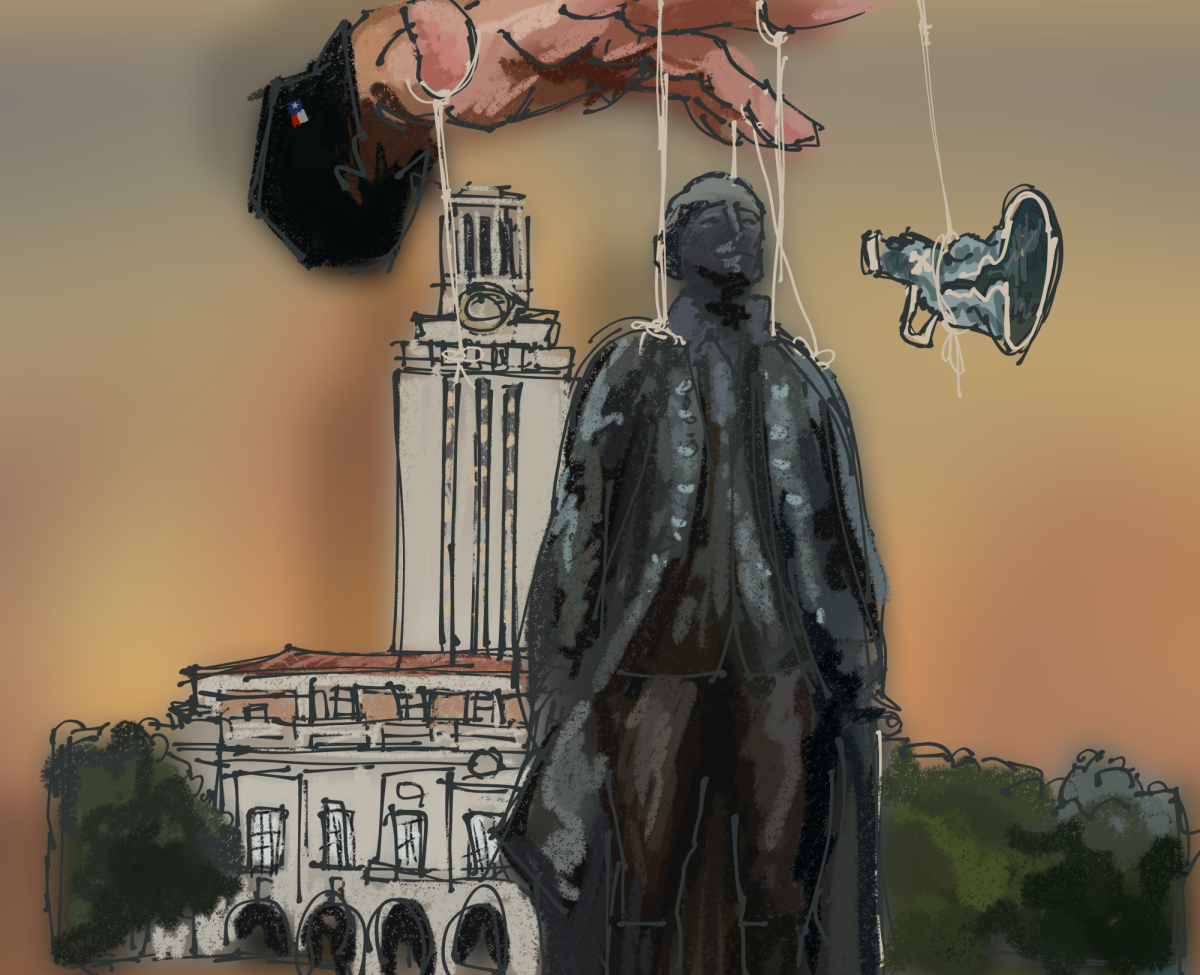Decisions at the Supreme Court of Texas may soon have implications for students. From HEB in the Hancock Center to the Target on campus, single-use plastic bags could be on their way back to the 40 Acres.
Currently, the court is deliberating after hearing testimonies and arguments in the Laredo Merchants Association v. The City of Laredo case. This case will decide if the city of Laredo, and by extension all Texas cities, can legally enforce a single-use plastic bag ban.
Longhorns should welcome a Supreme Court decision to overturn the bag ban. Removing the Austin ban would be beneficial to students because it negatively affects the environment and economy.
A common misconception supporters have about plastic bag bans is that they help the environment. But that’s not actually the case. After the city of Austin passed the bag ban ordinance in 2013, they began an internal review to do a two-year study on the ordinance’s impacts. This review shows the environmental impact of the bag ban is not completely positive — although single-use plastic bags have been eliminated, a heavy gauge plastic bag has largely replaced it.
While single-use plastic bags can be made from recycled plastic, the heavier bags are mostly made of virgin plastic, creating more emissions during production. Once distributed, these bags are designed to be used at least 100 times.
Although they are generally used more
than single-use bags, many of them still end up thrown away. And when these heavier bags are thrown out, their weight and size makes total waste material
greater for multi-use bags than for single-use bags.
In a biannual audit of the Texas Disposal System in 2015, two years after the ban began, single-use plastic bags accounted for 35.7 percent of all discarded bags but only 7 percent of total bag weight. Compared to a neighborhood just outside the
Austin city limits, this audit showed a similar total weight of plastic bags (0.052 percent of total recycling in Austin, versus 0.055 percent in Balcones). Ultimately, multi-use bags, once thrown away, are worse for the environment because they take longer to decompose in landfills than do
single-use bags.
Not only is the bag ban harmful to the environment, but it is also burdensome on the economy. The review’s assessment concluded that the ban cost the Austin economy $633,588.88 annually. This number is calculated in costs to the retailer, consumer and waste management services.
The retailer is burdened by stocking the multi-use bags, which are about seven times heavier than single-use bags. For shipping purposes, weight is a huge factor in setting cost, and these heavier bags equate a much heavier cost to
keep in stock.
Costs affect consumers’ tendency to choose a retailer that do offer single-use bags. This costs the consumer travel expenses and the retailer potential sales. For one specific HEB in the Pflugerville area, the store reported a decrease in sales of $60,000 per week after the ordinance was enacted. A study conducted by the city of Austin showed shopping habits among “heavy shoppers” went down 12 percent in the six months following the ban. Participants cited the inconvenience of bringing their own bag as a top reason why they shopped less.
In the years since the internal review was released, the city of Austin has stood by its bag ban. However, beyond the legal reasons being discussed in the Supreme Court, there are many “real world” reasons to oppose the ban. In the event the Supreme Court overturns bag bans in Texas, students, even environmentalists, should welcome the possibility of the end to an ineffective ban.
Freeman is a international relations and global studies junior from Cedar Park.

